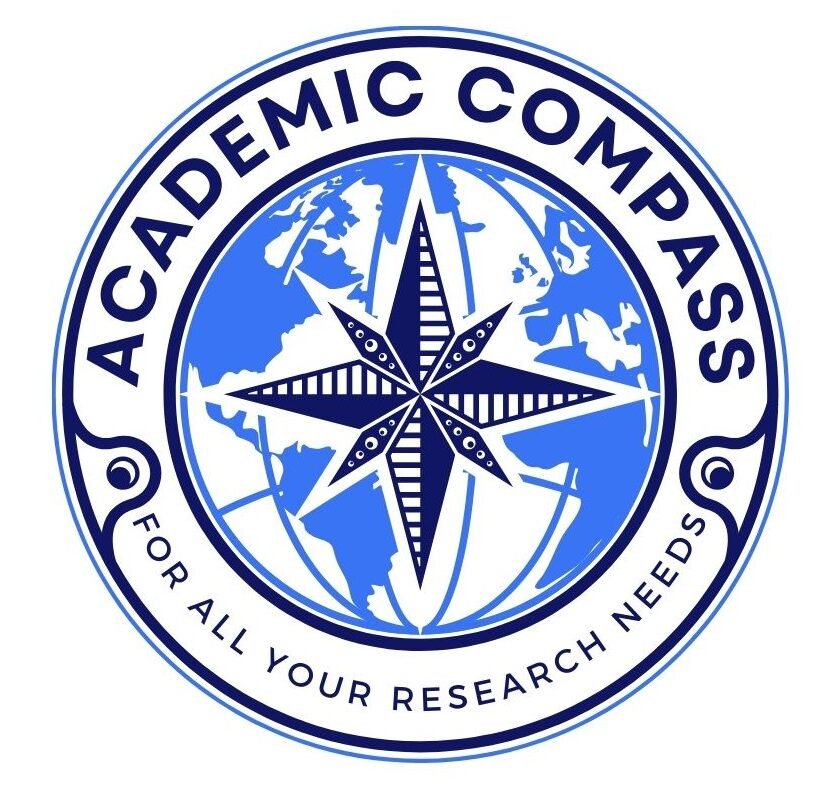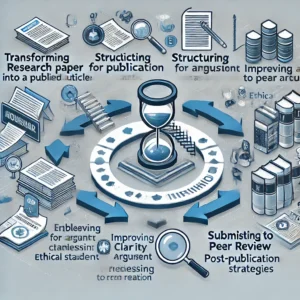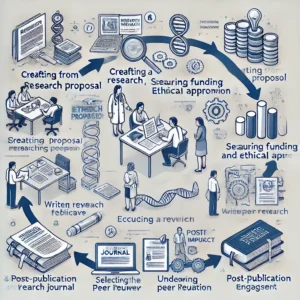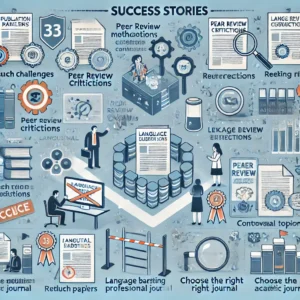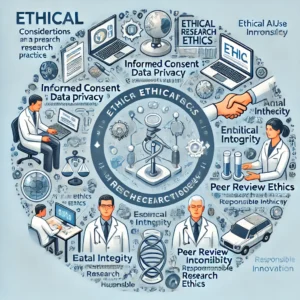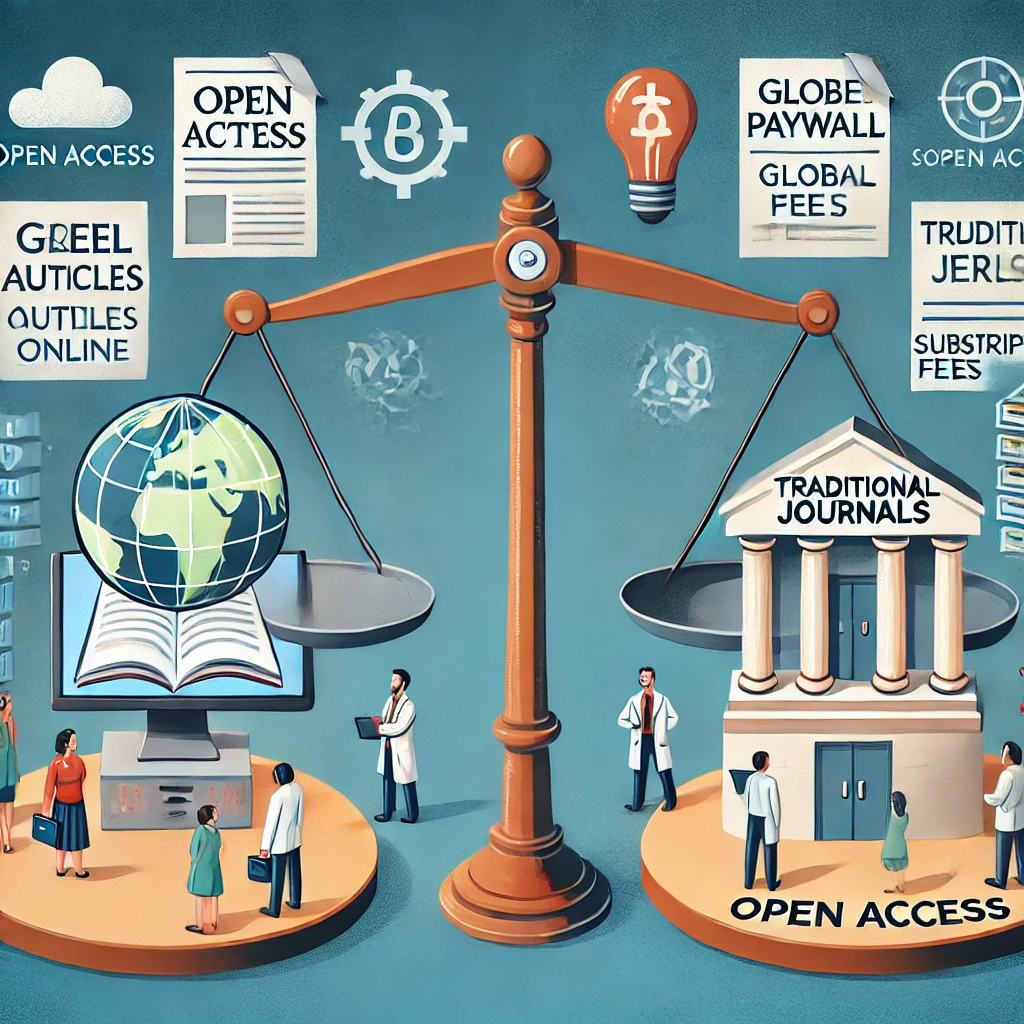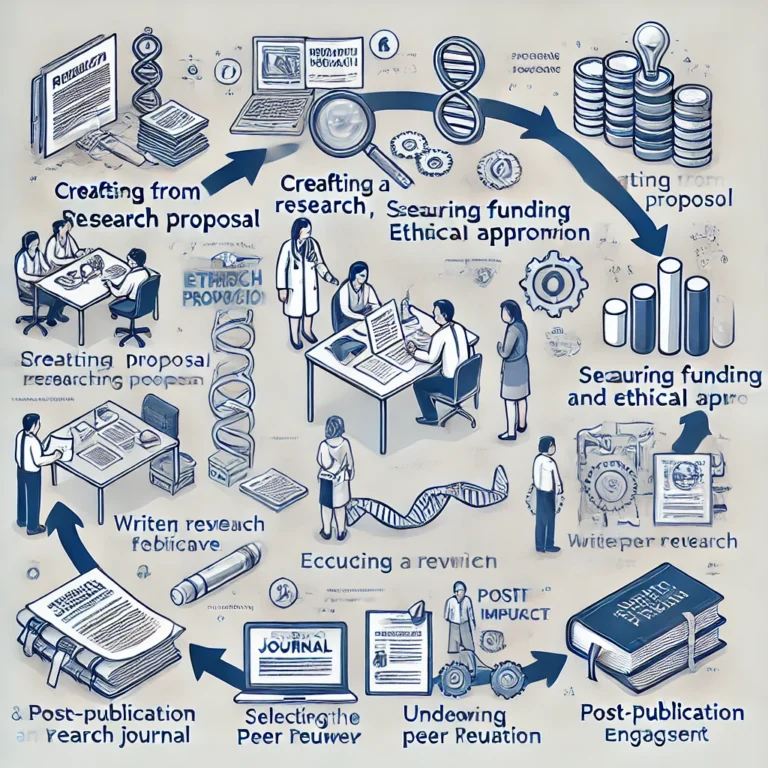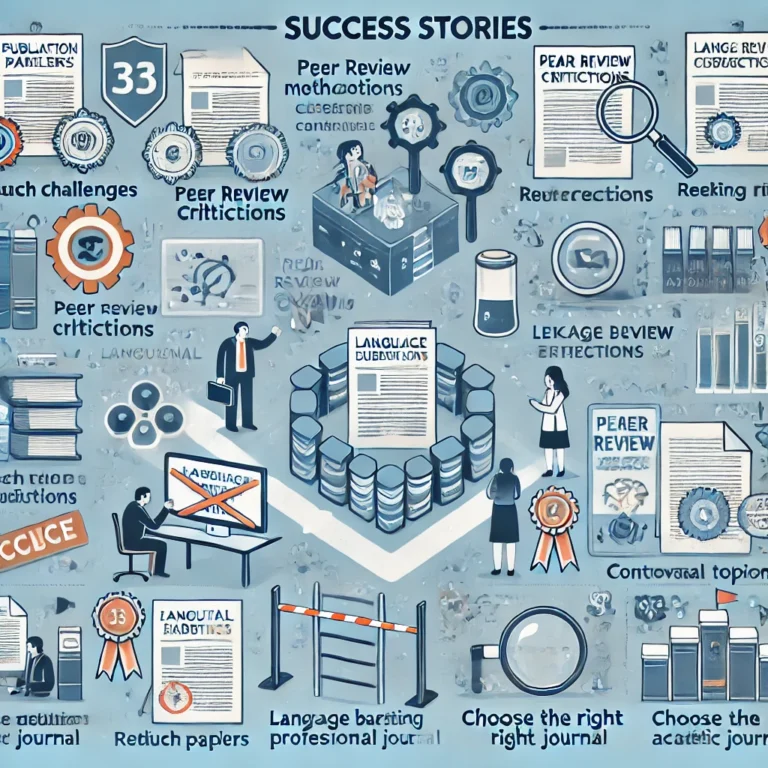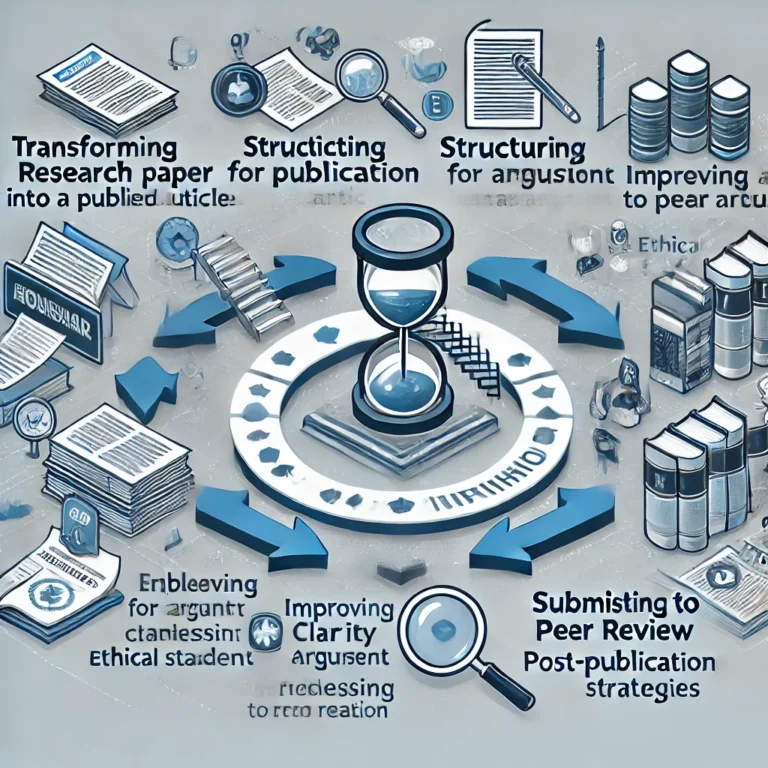Choosing between open access and traditional journals is a critical decision for researchers looking to publish their work. Each publishing model offers distinct advantages and drawbacks in terms of accessibility, credibility, costs, and impact. This guide explores the key differences between open access and traditional journals, helping researchers make informed decisions.
1. Understanding Open Access and Traditional Journals
Open Access Journals
- Provide free and immediate access to published research for anyone.
- Typically funded by article processing charges (APCs) paid by authors, institutions, or grants.
- Promote wider dissemination of knowledge and increase citation potential.
Traditional (Subscription-Based) Journals
- Require paid subscriptions or institutional access to read published content.
- Typically funded through institutional library subscriptions or pay-per-article fees.
- Often have a reputation for rigorous peer review and high impact factors.
2. Pros and Cons of Open Access Journals
Pros:
- Greater Accessibility: Research is freely available to readers worldwide, increasing reach.
- Higher Citation Rates: Studies show that open-access articles are cited more frequently than paywalled articles.
- Faster Dissemination: Many open-access journals have quicker publication processes.
- Public Benefit: Allows researchers, policymakers, and the general public to access scientific knowledge without financial barriers.
Cons:
- High Publication Costs: Authors may need to pay APCs, which can range from hundreds to thousands of dollars.
- Predatory Journals Risk: Some publishers exploit the open-access model by charging fees without rigorous peer review.
- Varied Reputation: While many open-access journals are reputable, some may not have high impact factors or strong editorial oversight.
3. Pros and Cons of Traditional Journals
Pros:
- Established Reputation: Many subscription-based journals have a long-standing history of credibility and impact.
- Rigorous Peer Review: These journals often have a more stringent peer-review process, ensuring research quality.
- No Direct Cost to Authors: Researchers typically do not have to pay publication fees, as costs are covered by subscriptions.
Cons:
- Limited Accessibility: Research behind paywalls restricts access for those without institutional subscriptions.
- Lower Immediate Impact: Articles may have a slower dissemination rate due to restricted access.
- Longer Review Process: Some traditional journals take longer to review and publish articles, delaying research dissemination.
4. Choosing the Right Publishing Model
Researchers should consider the following factors when selecting between open access and traditional journals:
- Research Visibility: If maximizing reach and impact is a priority, open access may be the better option.
- Funding Availability: Researchers with institutional or grant funding may afford APCs for open access.
- Journal Reputation: Assess the credibility, impact factor, and indexing of the journal before submission.
- Publication Timeline: If timely dissemination is crucial, consider the journal’s review and publication speed.
5. Hybrid Journals: A Middle Ground
Some journals offer a hybrid model, allowing authors to choose between open access and traditional publishing. This provides:
- Flexibility: Authors can select the most suitable option based on their needs.
- Selective Open Access: Certain articles within a traditionally paywalled journal are freely accessible.
- Cost Considerations: Hybrid models often have high APCs for open-access options.
Final Thoughts
Both open access and traditional journals offer unique benefits and challenges. Researchers should carefully evaluate their priorities, funding opportunities, and target audience when deciding where to publish. Ensuring publication in a reputable journal—regardless of the model—remains the key to enhancing research credibility and impact.
